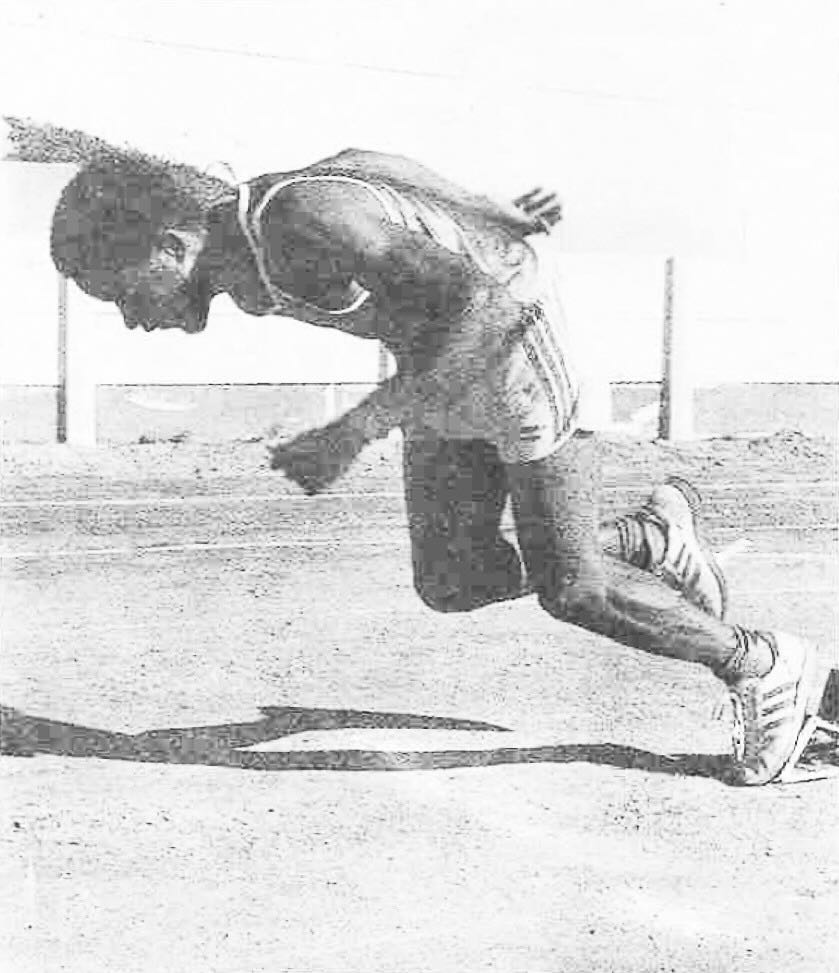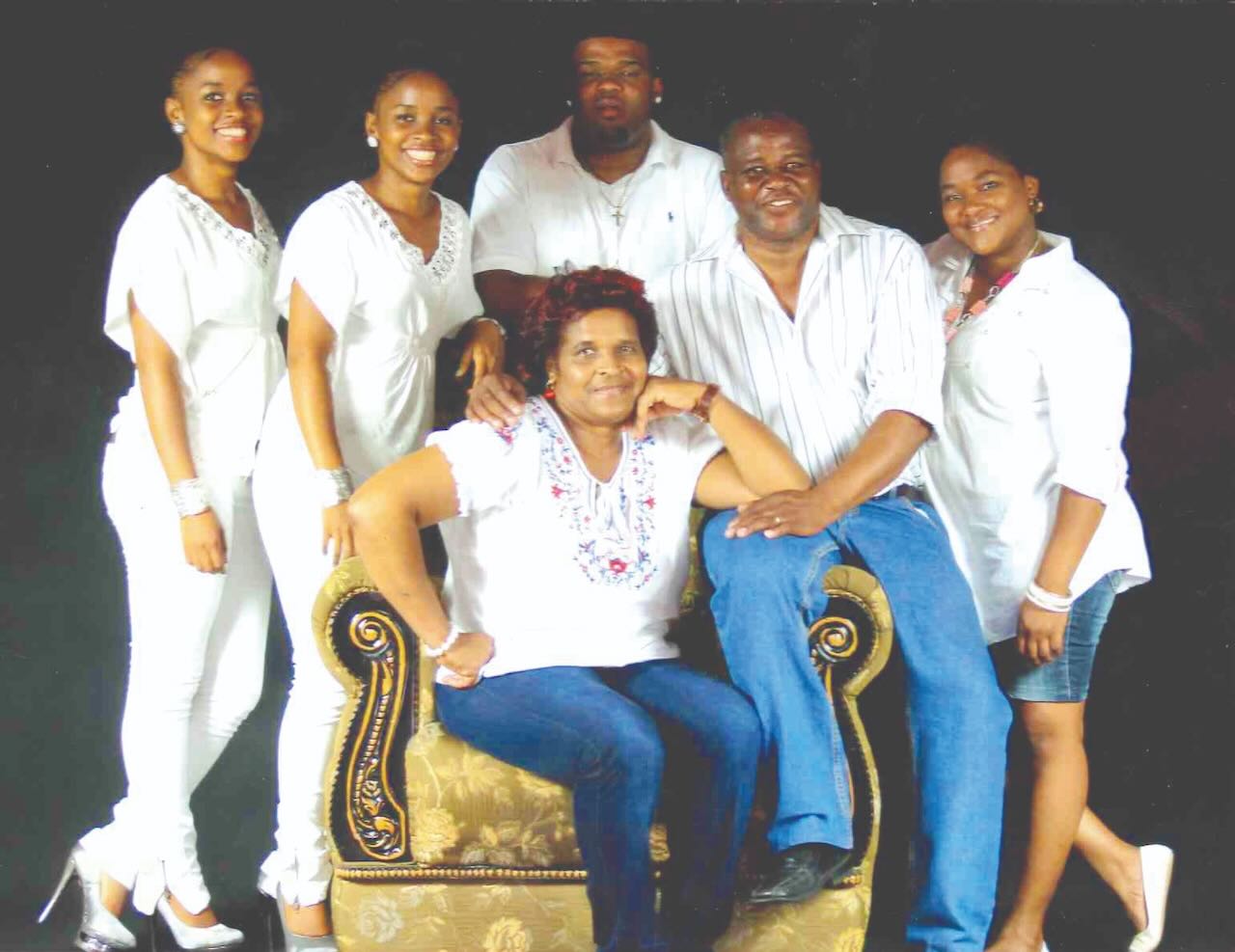They say that champions are born, but in some instances life has proven to us that champions can be made.
Former Petrus Ganeb Secondary School speedster Abraham ‘Abes’ So-Oabeb can be placed in that latter category of champions who were made.
Born at farm Kameelport in the Gobabis district, So-Oabeb didn’t show much potential during his start at Gobabis Primary School.
It was only after he went to high school at Uis in 1977 when he started to develop a keen interest in athletics.
“The athletics bug only bit me when I went to Uis. I was still just running for fun, and I was mostly running long distances before I eventually scale down to the 400m, and later 200m and 100m when I realised that I was a powerful runner,” So-Oabeb explains.
He was inspired to become a runner only after reading about the exploits of Harry Garus-Oab in the Roman Catholic newsletter Angelus, not knowing that Garus-Oab would one day become his coach and mentor.
“I was particularly intrigued by the 100m dash,” So-Oabeb says, adding that there is more to running the 100m then meets the eye as there are four phases.
“Phase one is the reaction. The second phase is the start, and the third phase is the drive to reach your highest speed and keep it, with the fourth phase being the finish. It is thus essential to have a good start and to finish strongly as well, because you can lose at the finish line,” So-Oabeb says.
He says it was eye-opening when he first ran at the Windhoek Stadium (now Independence Stadium) with its red tartan track – a far cry from the gravel ground he was used to back at Uis.
He reveals that all the athletes who came to the city from reserves required a letter of approval from the administrator general to compete in Windhoek.
“It was during one of those high-octane races at the Windhoek Stadium that I raised eyebrows after clocking a very impressive 10,30 in the 100m to become the fastest Namibian athlete during the Namibian Chamber of Mines Athletics Event in 1985,” So-Oabeb says.
“It was always my dream to be remembered as a hard working and very determined athlete. I always performed to the best of my ability when I represented the country at the various athletics meetings in South Africa,” he notes.
The former star missed out on Springbok colours after his 4x100m relay teammates dropped the button at the first handover.
The team consisted of Patrick Basson, Lucky Gawanab, Frank Fredericks and So-Oabeb – a powerful line-up given that they were all lightning fast sprinters.
Nonetheless, Fredericks went on to clinch Springbok colours after winning the 100m at the same event.
So-Oabeb, a serial victor ludorum at his school, also enjoyed success at the regional championships at Rundu and Oshakati.

Not only a sprinter
He says he also played football for his school’s first team and for top Khorixas outfit Robber Chanties during weekends and school holidays.
“I continued playing football for ambitious coastal outfit African Warriors when I moved to Arandis after I started working for Rossing Uranium Mine in the early 80s,” he says.
So-Oabeb says he only started receiving his first professional athletics training when he joined the Rossing Athletics Club under coach Garus-Oab in 1982.
He says he had formidable opponents in two South African athletes at the time – Eric Essman was the fastest in the 100m dash while Willie Smith dominated the 200m sprint.

So-Oabeb often travelled with former champions Daniel Haitembu and Lazarus Kapolo when he went to places like Cape Town, Durban, Germiston, Potchefstroom and Pretoria to compete under tense atmospheres where other coaches often used racial slurs.
“I don’t feel like I really represented my country because of the restrictions in apartheid-era South Africa, which also affected South West Africa. We were considered their fifth province and thus could only compete against their provinces and Bantustans,” he says.
The former sprinter married Berty So-Oabes in 1993 and together they had four children, three girls and one boy.
With a stadium management diploma, So-Oabes worked as a sport officer at the sport ministry for over 24 years, managed the Independence Stadium and helped to maintain stadiums at Katima Mulilo, Lüderitz, Mariental and Rundu.
The retired sport officer currently serves as vice president of the Rowing and Canoeing Association, affiliated with the Namibian Sports Commission.
Completing a two-year athletics diploma course for foreign athletics coaches from the German Athletics Federation in 1992, So-Oabeb is a qualified athletics coach.
Although he is happy with his achievements on the track, the former team manager of the Brave Warriors believes he could have done more to help uplift athletics in Namibia.
“I was forced to choose between being a coach or to be an executive member of Athletics Namibia. Can you imagine being a qualified coach but you are unable to coach?” he asks.
“Namibia appears to be a peaceful country but there is too much infighting that are being motivated by the cliques within our sports codes. The fights are affecting all the major sports codes like football, rugby, hockey and boxing as well,” So-Oabeb says.
He advises young athletes to look up to people like Frank Fredericks and Agnes Samaria as role models.
“Why idolising other people if we got our own superstars, people who have proudly represented our nation at the global stage,” So-Oabeb concludes.
Stay informed with The Namibian – your source for credible journalism. Get in-depth reporting and opinions for
only N$85 a month. Invest in journalism, invest in democracy –
Subscribe Now!






